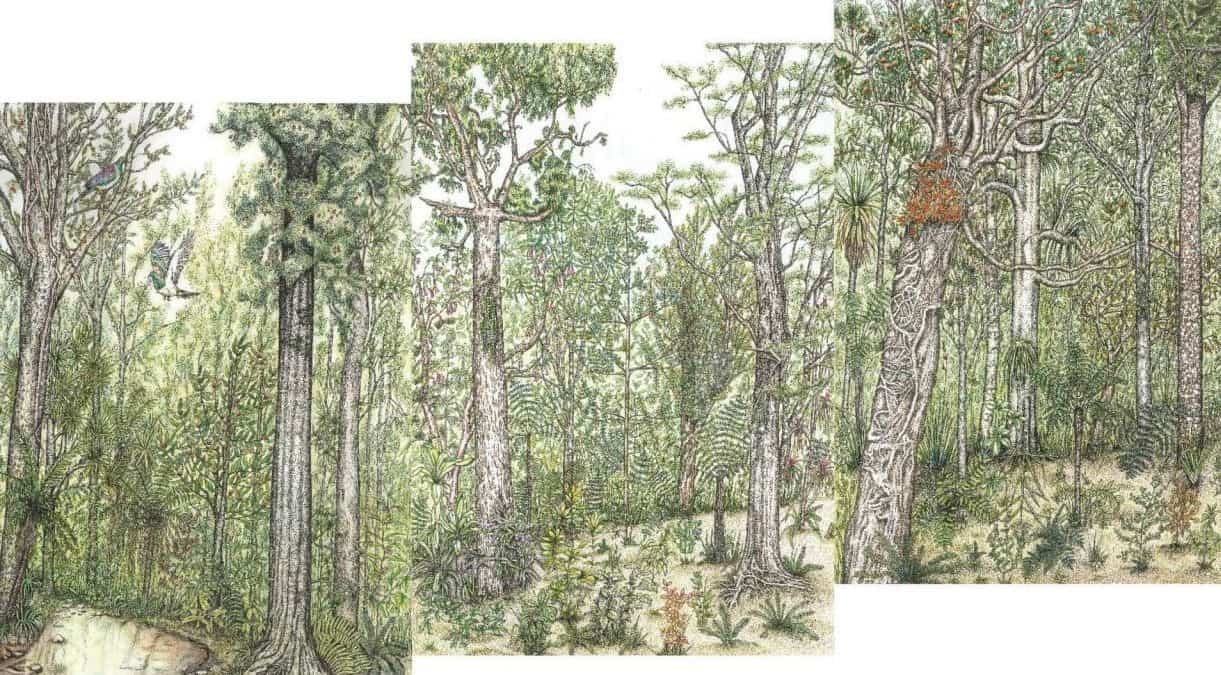The biological heritage of Aotearoa is crucial to Māori world view and culture, and there is a definite need for greater efforts to be made in reversing this decline. Without such efforts, we run the risk of losing the accompanying mātauranga (knowledge) that is associated with the local dialect. This mātauranga will play a critical role in conservation efforts and reversing the decline of our biological heritage.
A new paper titled ‘Empowering the Indigenous voice in a graphical representation of Aotearoa’s biocultural heritage (flora and fauna)’, which tackles this very issue, has been published in Pacific Conservation Biology. This paper, co-authored by our very own Kaihautū Ngātahi Melanie Mark-Shadbolt, addresses and explores these concerns.
Working with an expert on the decline of their own unique local terms for different species, this research looked into methods on how to retain these local Māori terms. By creating a visual resource for Tūhoe–Tuawhenua youth which exhibits the forest vegetation of their local area, the local Māori terms are preserved alongside their corresponding scientific names.
You can read the paper here.
